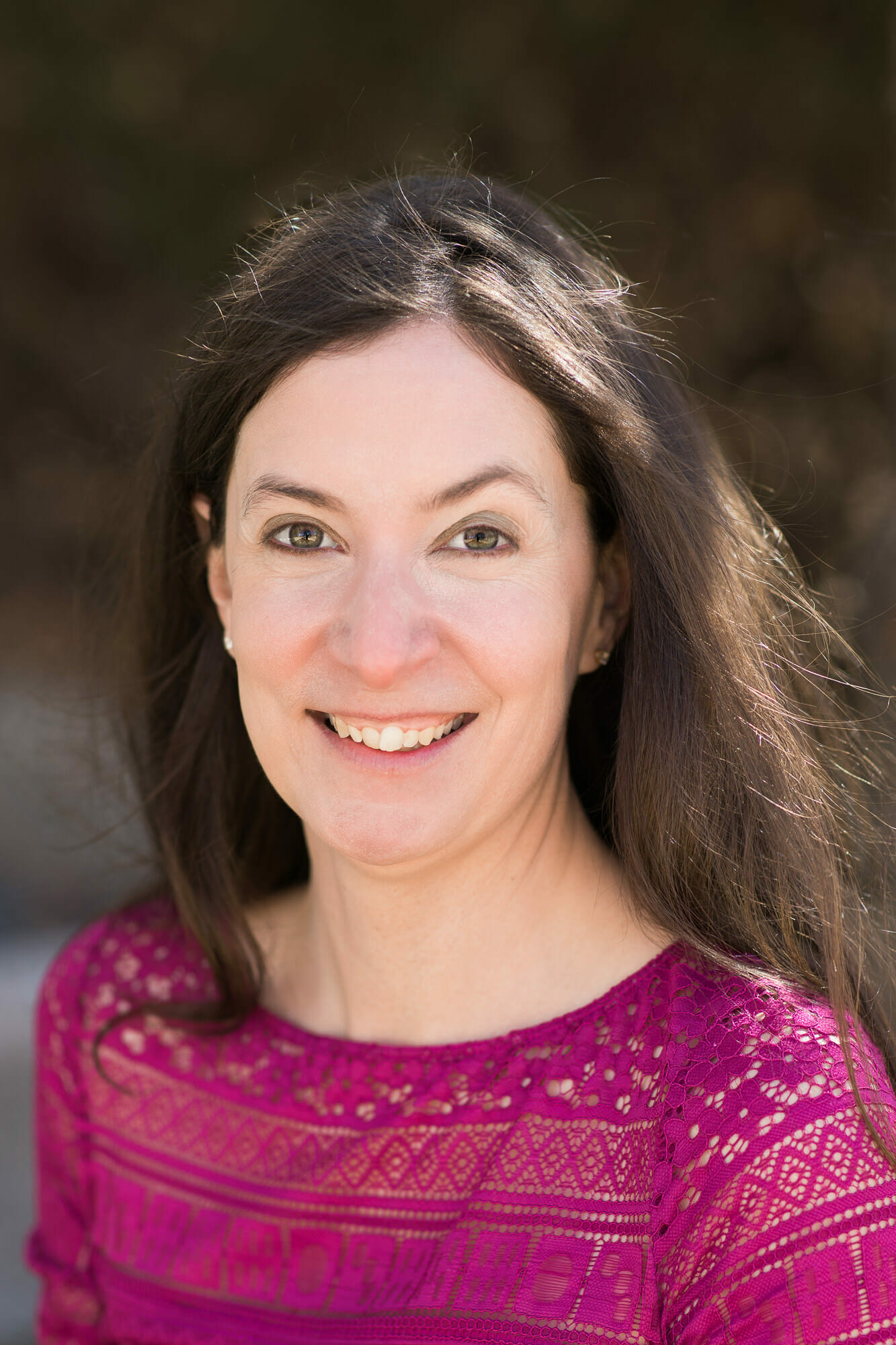
In this interview, learn about a unique approach
to designing a more immersive learning experience.
In this short clip, you’ll hear my conversation with Bruce Kusch, the current president of LDS Business College. Formerly the chief academic officer at LDS, Bruce spearheaded an instructional framework there called the i4 model of design.
i4 means campus instruction that is:
- Immersive,
- Integrated,
- Interactive, and
- Iterative.
To pilot this model, Bruce worked with an LDS faculty member to pilot a semester-long leadership course with no syllabus. He is going to tell us why he decided to do this and what it looked like along the way.
Bruce Kusch, LDS College. What our mission here is … is to really prepare our students for the world of work that they will encounter when they graduate. The jobs that are waiting for our students when they finish don’t come with a textbook or a syllabus, and they’ve got to be ready to go to work and produce. The best way that we can help them do that is to put them in a learning environment that in the greatest way possible simulates work.
Bridget Dattilo, Academic Impressions. So your intent here is to focus on building the mindset in students for professional success. How do you go about taking something like this from idea to reality?
Bruce Kusch, LDS College. I knew that there was one particular faculty member who was very passionate about learner-centered teaching, which was very compatible with the concepts nad principles that I had been thinking about. Then I brought this particular faculty member into my office and I showed her my whiteboard, and I told her what I was thinking. I recruited her to give this a try, to give these concepts a try.
Bridget Dattilo, Academic Impressions. So you have this faculty member on board, and now it’s time actually to do this thing. What does the experiment look like in the first go-around?
Bruce Kusch, LDS College. This particular course that we did this experiment in was a leadership course. In my estimation, of the many things that we teach here, there’s probably not a more challenging course to try this in, because it’s not like an accounting course, it’s not like a programing course—it’s all about soft skills, and how you measure whether or not someone has really become a leader. At the end of the day, this became a matter of student transformation in the way that they thought about their education and about taking responsibility for their learning and assuming responsibility and accountability or demonstrating what they had learned.
Bridget Dattilo, Academic Impressions. So you want to build those soft skills for students. It can’t just be a free-for-all. How do you make sure, in a course with no syllabus, that there is still some structure, so that you can get to where you want to be?
Bruce Kusch, LDS College. We had very specifically defined outcomes. It wasn’t like we had a blank piece of paper and said, you know, what are we going to do now? We had outcomes that were very specific to the course, but what we told them was: Your experience this semester will be involved in determining:
- The things you’ll learn to fulfill the outcomes,
- How you will learn them, and
- How you would propose to demonstrate your mastery of the skills and the outcomes that we have defined for the course.
Bridget Dattilo, Academic Impressions. So is it right that in this course, as a student, I could decide to read a book, then conduct an interview to fulfill the outcome—then when it is time to demonstrate my mastery, I could decide to write a paper or do something else?
Bruce Kusch, LDS College. That’s correct.
Bridget Dattilo, Academic Impressions. So how did this first experiment go for the students?
Bruce Kusch, LDS College. Some students really embraced it. Some students were pretty negative about it. Some students were so used to the traditional classroom of coming in and being spoon fed, and the teacher sort of solving all of their problems for them. There were a number of them that were uncomfortable in having to actually assume responsibility for their learning; they had just never been asked to do that before.
Bridget Dattilo, Academic Impressions. So there were definitely bumps along the way in this first course. Did you find that most students were able to have a positive experience?
Bruce Kusch, LDS College. Yes they were. They were because the teacher didn’t give up. It would have been really easy in the middle of this for the teacher to just give up and say, “This is too hard. This is way too hard for me, it’s too much work for me, it’s too much work for the students; I’m just going to go back to what I know, and to what they know. I’m going to go back to what we did before because that’s easy.” But, she did not give up. Her grit and her dedication to this was probably the number one reason why it succeeded. She’s someone who has about 20 years of experience, and who was a wonderful teacher before this, but she said at the end of all this, “I realize that my best days of teaching are still in my future based on what I learned and the transformation I experienced.”
Bridget Dattilo, Academic Impressions. So if I want to try this on my own campus, I need to find a great faculty partner. What other advice would you give me?
Bruce Kusch, LDS College. Anyone who would try this needs to know that it’s not for the faint of heart. It requires a real commitment. She spent more time preparing than normal, because she was preparing for the uncertain in some ways. This is not a teacher-centric experience, this is a learner-centric experience. You quit telling your war stories. You stop telling all of the really entertaining things that make students laugh and that made them see you as an entertaining teacher in the past, and now you have to put all of that aside and focus on the student and what they’re learning. It takes academic and professional humility to do this.
Bridget Dattilo, Academic Impressions. This is really great advice. It is clear you have learned a lot about what makes this work. You mentioned before that you are moving to institutionalize this on campus; you have done this in a few different courses now, and you are meeting with the students as they go through the course. What are the students telling you as you meet with them in the small groups?
Bruce Kusch, LDS College. To a student, they said, “I don’t want to learn any other way.” Many of these students thought that they knew what it meant to be a leader, because they’d had previous experiences in their lives. So they thought, “Oh yeah, I get leadership because I’ve done it.” But what they came to understand, I believe, is that leadership is more about becoming something than doing something. So for them, it was the becoming that was so significant. And the becoming helped them in the doing.


